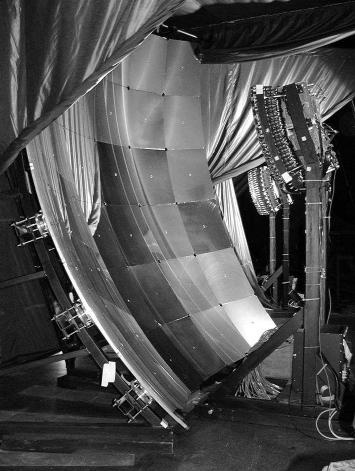 |
|
| Home | |
| Victor Hess | |
| Auger Project | |
| Coord.systems | |
| Terrestrial | |
| Galactic | |
| Celestial | |
| Space weather | |
| Unix Time | |
| Projects | |
| Ask me | |
| Contact | |
Pinpointing the origin of ultra-high energy cosmic rays
What happens once an ultra-high energy cosmic ray particle hits the atmosphere?The Earth is constantly bombarded by cosmic rays. Ultra-high energy cosmic ray particles originate in outer-space whereas relatively low-energy cosmic ray particles are produced in the Sun. Cosmic rays are charged particles which interact with air molecules when entering the atmosphere. There is still controversy about the nature of the so-called primary cosmic ray particles and about the details of the secondary air shower particles produced upon interaction with the atmosphere. |
|
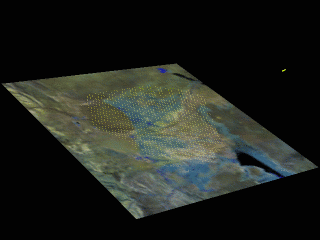
Figure 1: An air shower caused by a proton. Different colors represent various particles
image credit:http://www.auger.org/features/shower_simulations.html Click the image to see the animation. |
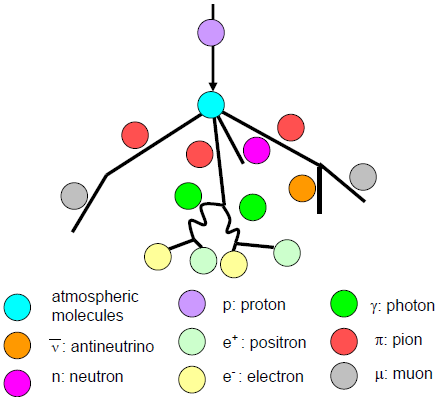
Figure 2: possible particle production during an air shower
image credit:adapted from http://en.wikipedia.org/wiki/File:Atmospheric_Collision.svg Click the image to see the animation. |
The origin and properties of ultra-high energy cosmic raysThe Pierre Auger Observatory concentrates on the detection of ultra-high energy cosmic rays with an energy of more than 1019 electron volts. Cosmic rays with such high energies can give information about their source. Cosmic rays with lower energies are usually deflected by magnetic fields and thus do not provide reliable information about the origin of cosmic rays. The fact that the event of an ultra-high energy cosmic ray reaching the Earth is extremely rare makes the experiment very challenging. The arrival rate of cosmic rays with an energy of more than 10 19 electron volts is 1 particle per square kilometer per year. This energy exceeds the energy of the LHC (CERN) by some orders of magnitude. Researchers recorded 27 highest energy events (with energy above 57 x 1018 electron volts) and compared the arrival directions of the cosmic rays with known positions of active galactic nuclei (AGN) which presumably constitute a source of ultra-high energy cosmic rays. The study of the galaxy Centaurus A which is about 10 to 16 Million light years distant from Earth provided some evidence of a correlation between the events and the position of the galaxy. Centaurus A contains an active galactic nucleus which is presumably powered by a black hole in the center of the galaxy. However, the correlation between the position of active galactic nuclei and the arrival directions is not yet conclusively established. |
|
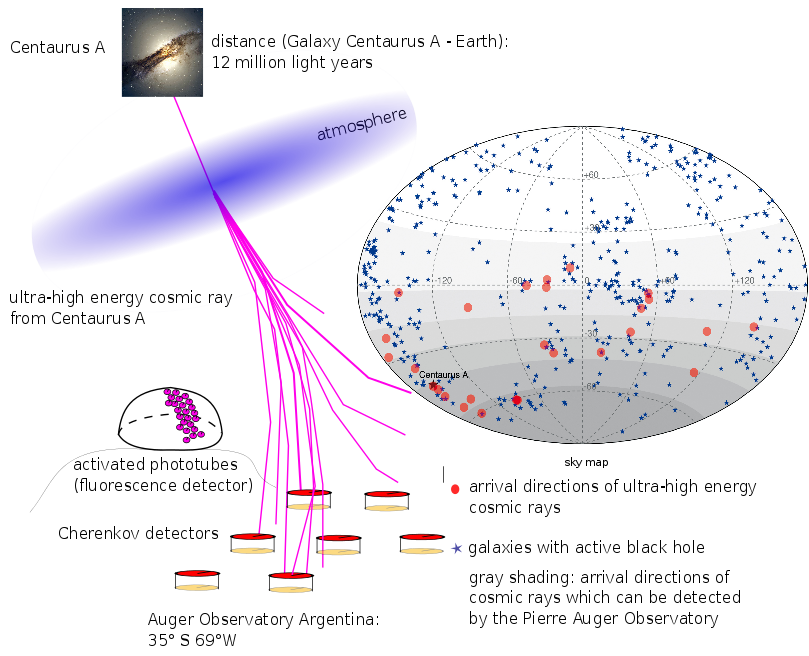
Figure 3: Ultra-high energy cosmic rays can pinpoint to their sources
image credit: Centaurus A: http://en.wikipedia.org/wiki/Centaurus_A map: http://www.presse-archiv.uni-wuppertal.de/fotos/medieninfos/2007/0811_himmelskarte.jpg |
|
|
The correlation which was found showed that most of the arrival directions of detected ultra-high energy cosmic rays agree well with the location of active galactic nuclei in galaxies "close" to the Earth. Thus, sources of ultra-high energy cosmic rays are not uniformly distributed over the sky. There are other assumed sources such as supernova remnants (vestiges of exploded stars) which are supposed to produce high-energy cosmic rays. Since most of the exploding stars are very distant from Earth cosmic rays are strongly diverted by magnetic fields from their original trajectories. It is therefore extremely difficult to unambiguously identify the origin of cosmic rays from very distant sources. |
|
Overview of the Pierre Auger ObservatoryThe Pierre Auger Observatory is situated in Argentina. It is composed of 1600 Cherenkov detectors and fluorescence telescopes in four locations. Thus, it is a combined (= hybrid) detector system. The size of the array is about 3000 square kilometers. Cherenkov detectorsThese detectors make use of the Cherenkov effect and detect the light produced in their dark water tanks once cosmic ray particles which are faster than the speed of light in this medium (water) hit the detector. Since the intensitity of the radiation is extremely low photomultiplier tubes amplify the signal. |
|
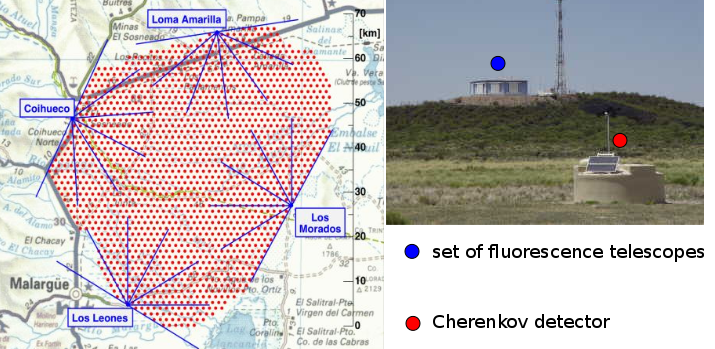
Figure 4: The Auger array of detectors
image credit: http://www.auger.de/public/sd.html http://www.kit.edu/visit/1840_281.php |
|
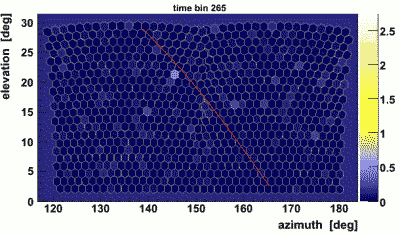
Figure 5: Signal detection with a fluorescence telescope
image credit: http://www.auger.de/images/cameraAnim2.gif |
Fluorescence detectorsThe telescopes can record the production of secondary air shower particles once a cosmic ray particle (primary particle) enters the atmosphere. The charged secondary air shower particles interact with nitrogen molecules in the atmosphere. Excited nitrogen molecules emit UV fluorescence light while returning to their lowest-energy state. The low intensity fluorescence light can only be seen by high-sensitive fluorescence detectors (higher sensitivity than the human eye!) during moonless nights. |
What kind of information can fluorescence and Cherenkov detecors provide?
Composition of the air shower
By studying the geometric shape and vertical profile of the air shower it is possible to infer which chemical elements make up the primary cosmic rays.
Arrival directions of cosmic rays
In order to determine the arrival directions of cosmic rays scientists are interested in the difference in detection times from different Cherenkov detector positions. The composition of the air shower and the arrival detections can reveal the origin of cosmic rays
Energy of cosmic rays
The energy of the primary cosmic ray particle can be inferred from the intensity of light produced by secondary air shower particles detected by fluorescence detectors.
Arrival time
Measuring the arrival time of the secondary air shower particles in the detector is crucial to be able to calculate the cosmic ray flux over time and to report the difference in detection times which in turn is needed to find out the arrival directions of cosmic rays.
Furthermore, energy spectra and acceleration mechanisms of ultrahigh energy cosmic rays are investigated by the Auger collaberation.